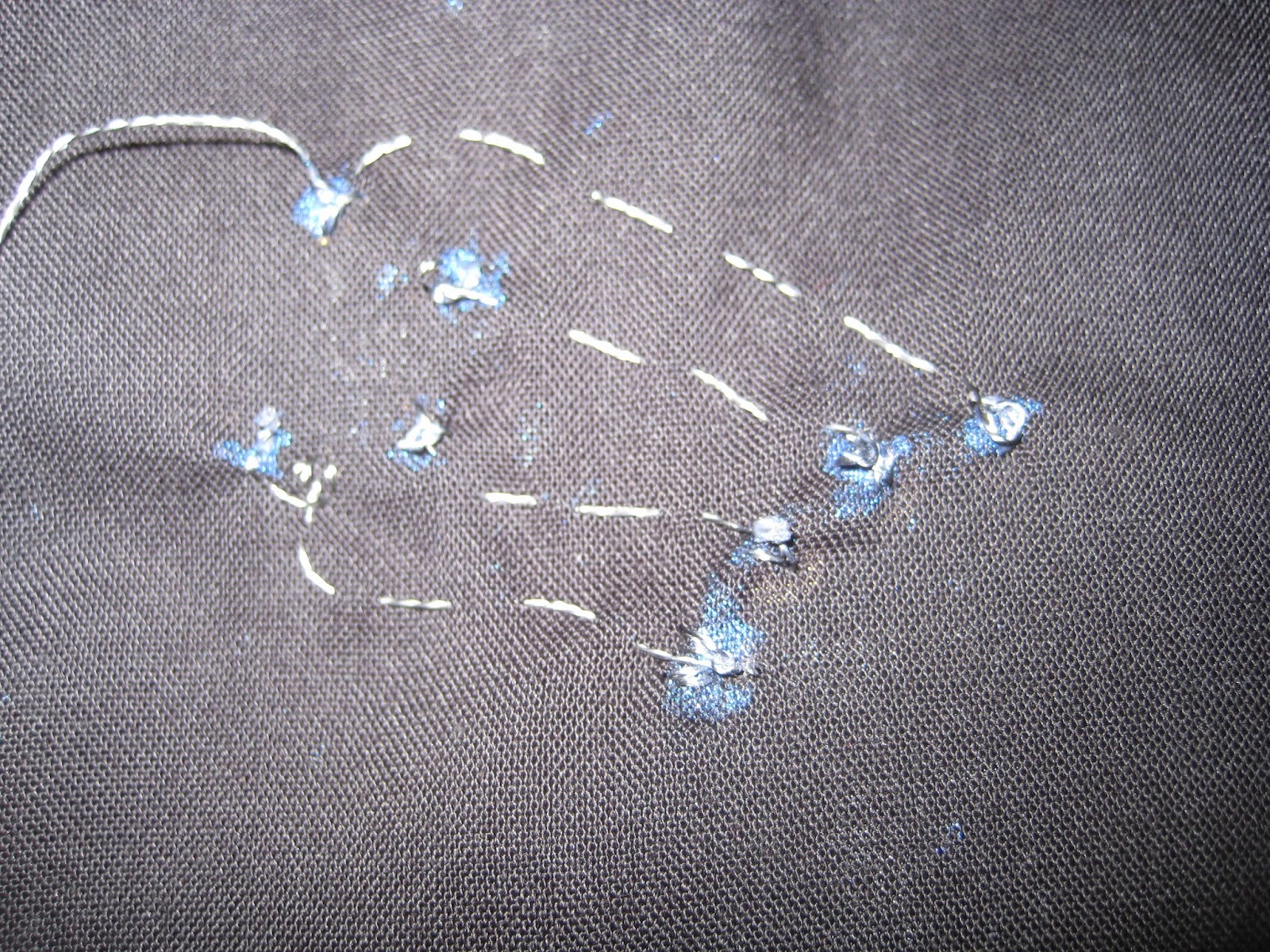The webcam is a Veho VMS-004, used at 20x magnification, and it costs just £40. It was recognised automatically by Linux as a webcam and worked really well with the OpenCV library.
Robert Buchan-Terrey did an excellent job in interdisciplinary science in just two weeks, including the following:
- Preparing media and growing yeast in our lab
- Pipetting the yeast to make dilutions
- Using the microscope webcam, taking images of the wells in the plate at intervals throughout the day, and corresponding plate readings with a real plate reader
- Coding using Python and OpenCV to process the images (find the circular well, work out the average pixel intensity in the well)
- Data analysis and stats to understand the results
And the answer is: although he's just analysed the data from one time point so far, and we took no care to make sure the lighting conditions were stable when taking the images, or to shake the plates to evenly disperse the yeast, it really does look very plausible that we could use this in future. Averaging over 8 replicate wells gives a remarkable correspondence between image-analysis results and plate reader results. Individual wells are more variable, but still show promise. We've yet to test all the data, and to test the full range of the scale of optical density, but this looks extremely exciting.
Thanks very much to Wayne Aubrey and Hannah Dee for their help and expertise with the yeast biology and the image processing respectively.









